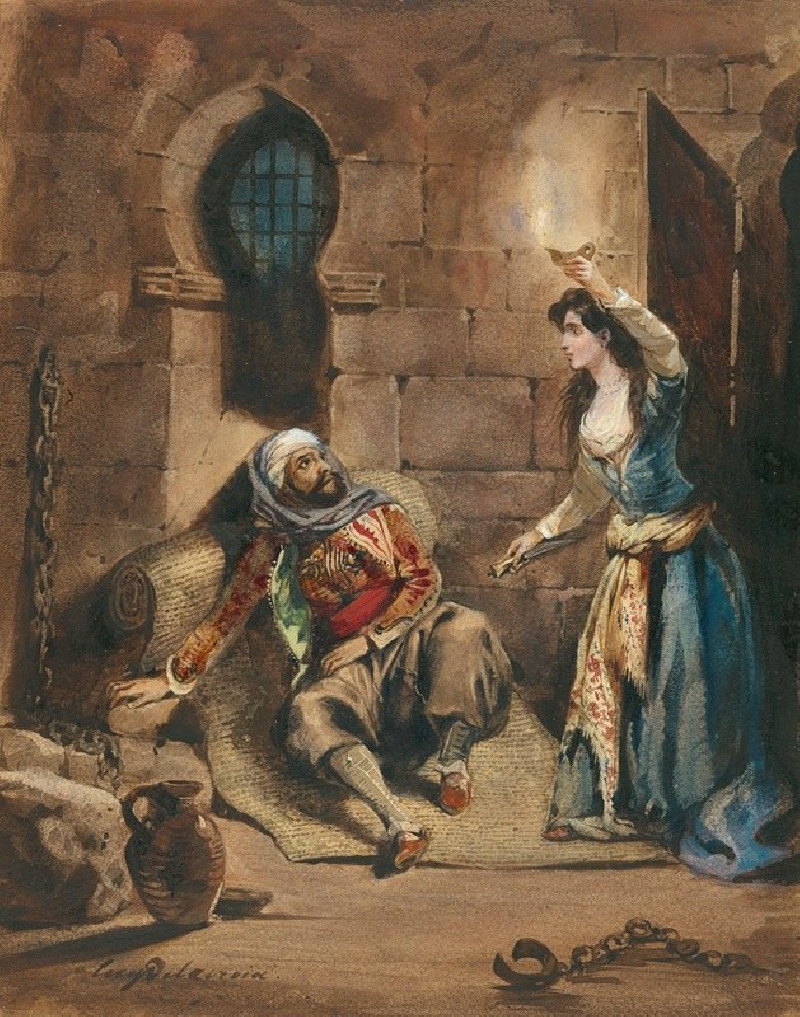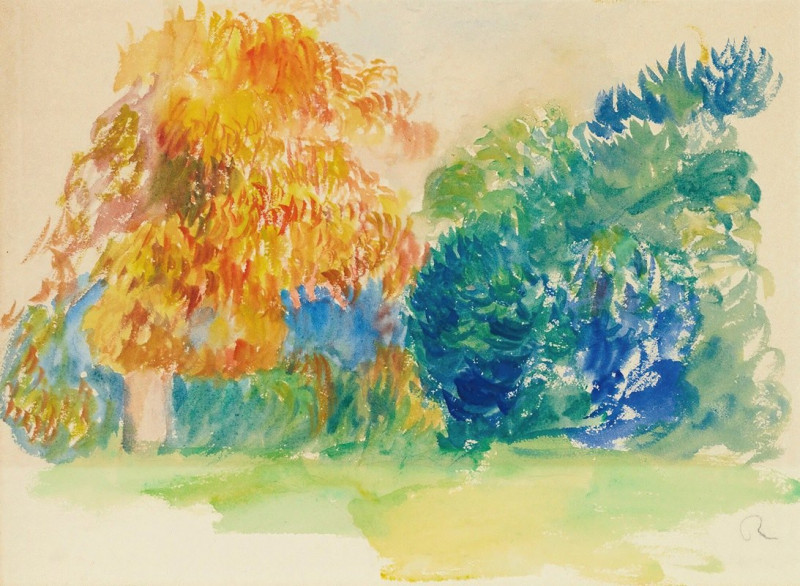Classical Ruins, Syria (1868)
Technique: Giclée quality print
Recommended by our customers
More about this artwork
Frederic Edwin Church, renowned for his mastery in landscape painting, presents in "Classical Ruins, Syria" a captivating depiction of historical grandeur blended with the transient nature of human achievements. This 1868 oil on canvas masterpiece offers a profound visual meditation on the passage of time and the fragility of civilization.The painting features the solemn remnants of towering Corinthian columns, proudly yet somberly standing amidst a chaotic spread of rubble and broken stone. These ancient architectural elements, bathed in the golden hues of a setting sun, symbolize the enduring beauty and dignity of ancient cultures. In stark contrast, the surrounding landscape, rendered in darker, more tumultuous tones, evokes a sense of decay and desolation. This juxtaposition not only highlights the transience of human endeavors but also the enduring power of nature to reclaim its dominion.In the background, the serene, sweeping view of distant hills descending into a quiet valley under a sky streaked with pink and red suggests a world moving beyond the immediate decay, untouched and untroubled by the ruins. Small figures, possibly travelers or locals, are seen traversing the rugged terrain, representing the smallness of humanity in the face of such monumental history."Classical Ruins, Syria" serves as a poignant reminder of the passage of time and the continuous cycle of construction and ruination that defines human history. Church’s use of light, color, and composition weaves a visual narrative that is both a tribute to past civilizations and a contemplation on the ephemeral nature of human achievements compared to the vast timeline of the natural world.
Delivery
Returns
Frederic Edwin Church (May 4, 1826 – April 7, 1900) was an American landscape painter born in Hartford, Connecticut. He was a central figure in the Hudson River School of American landscape painters, best known for painting large landscapes, often depicting mountains, waterfalls, and sunsets. Church's paintings put an emphasis on realistic detail, dramatic light, and panoramic views. He debuted some of his major works in single-painting exhibitions to a paying and often enthralled audience in New York City. In his prime, he was one of the most famous painters in the United States.

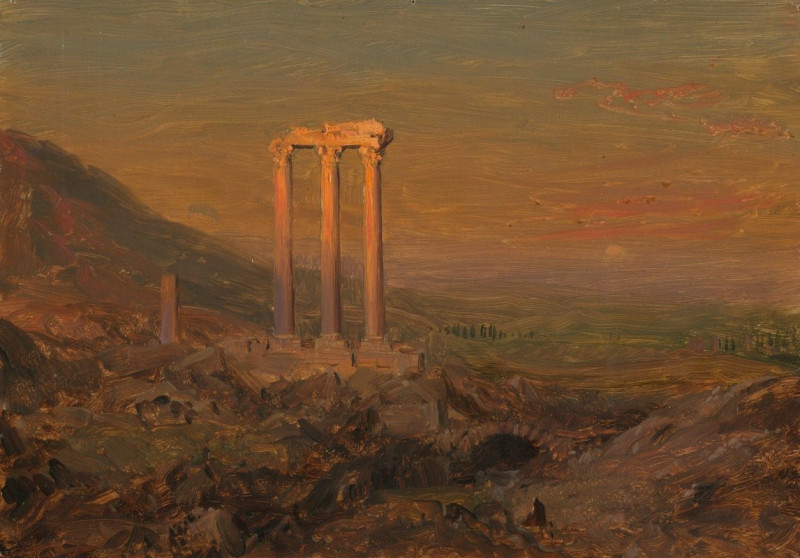

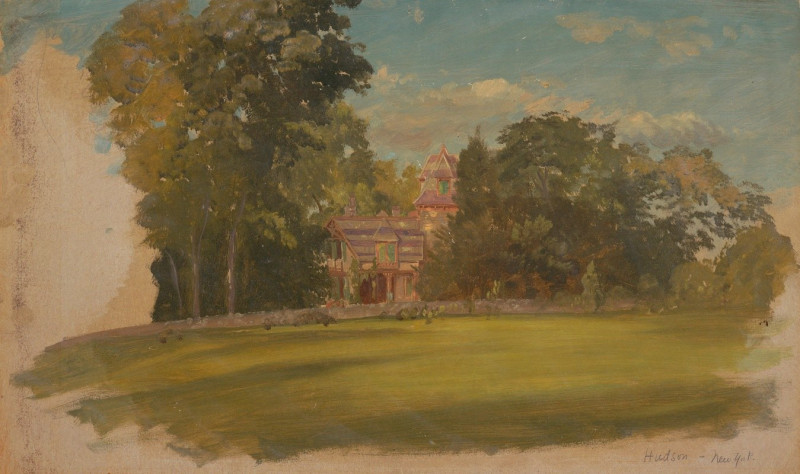
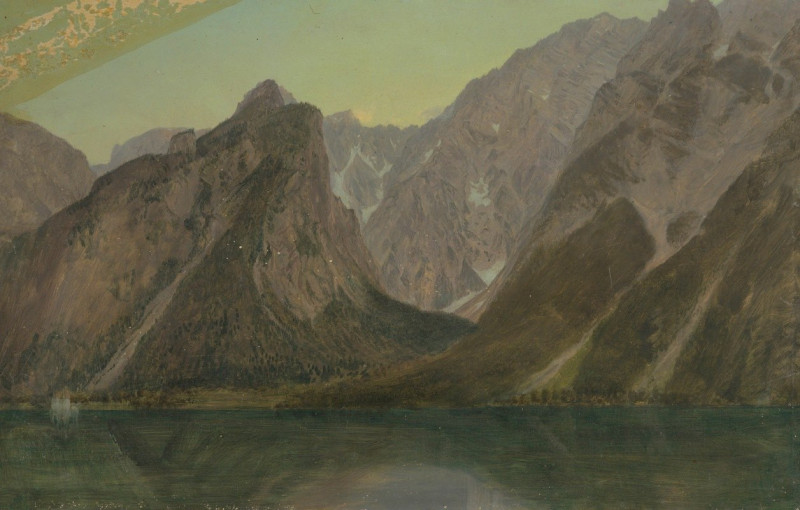
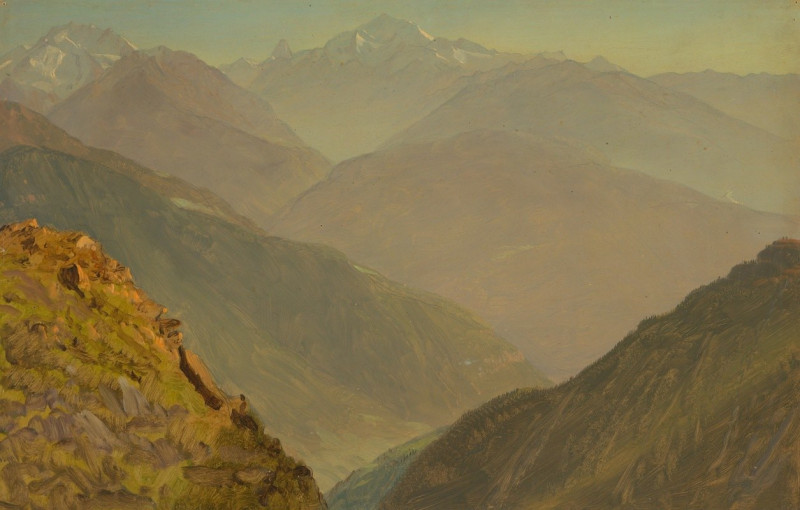

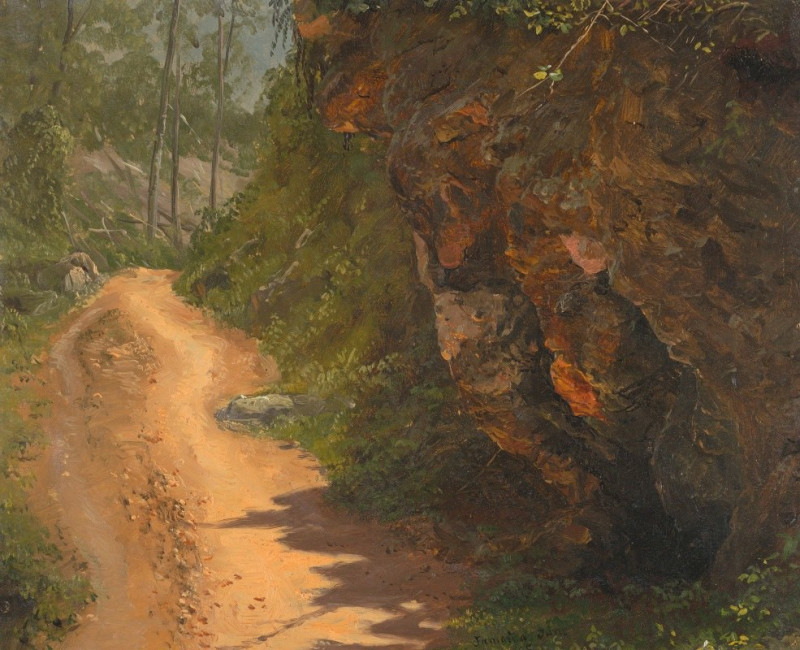
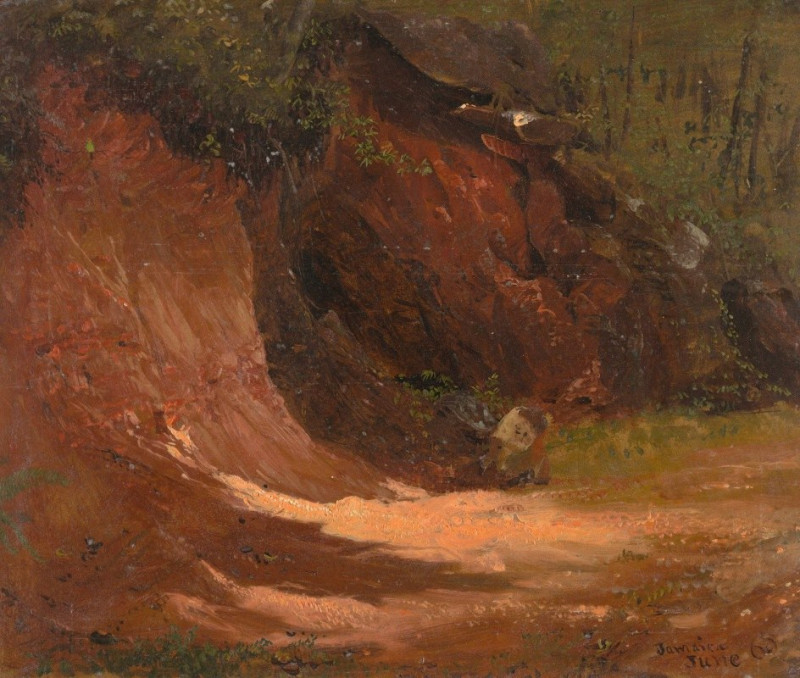
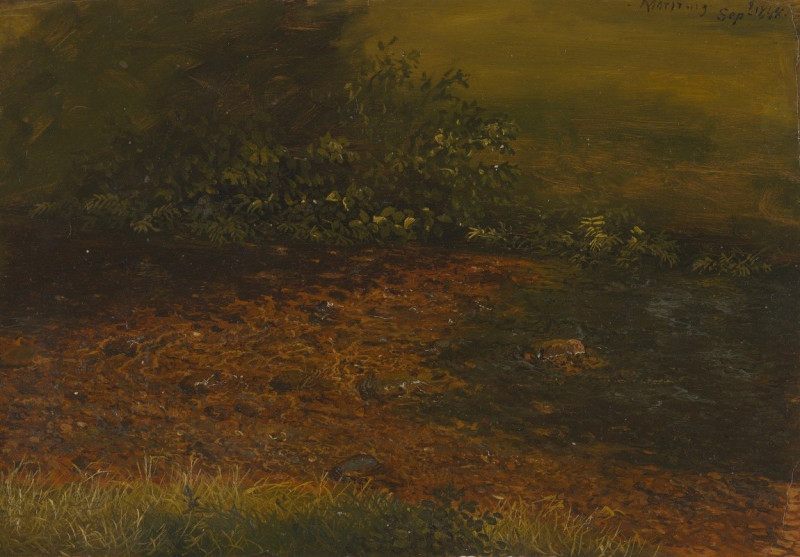


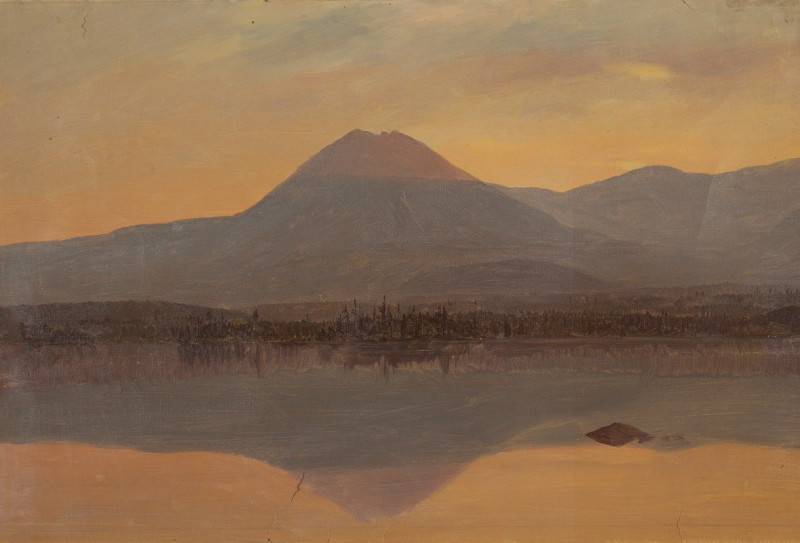

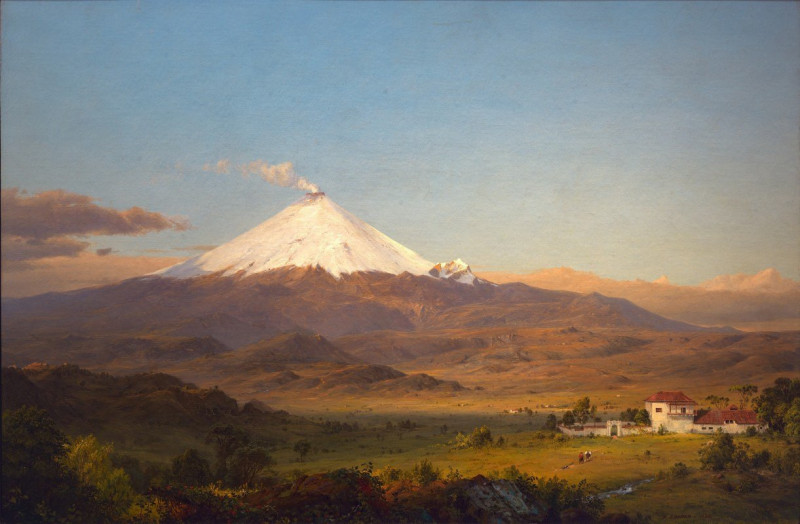

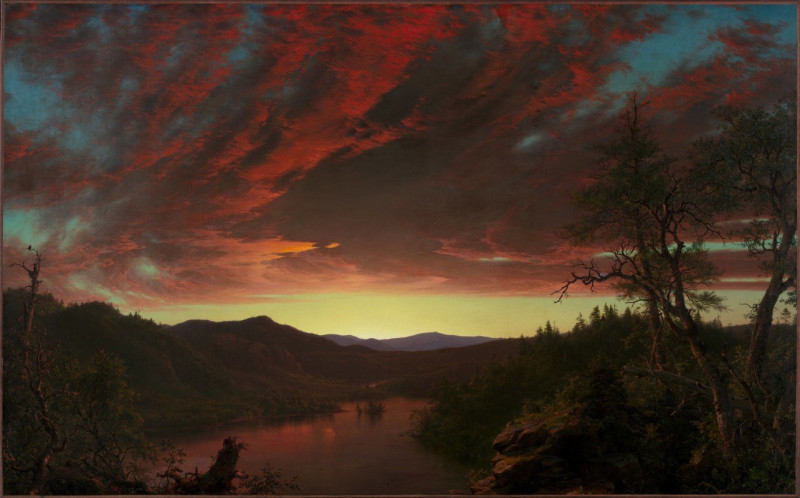
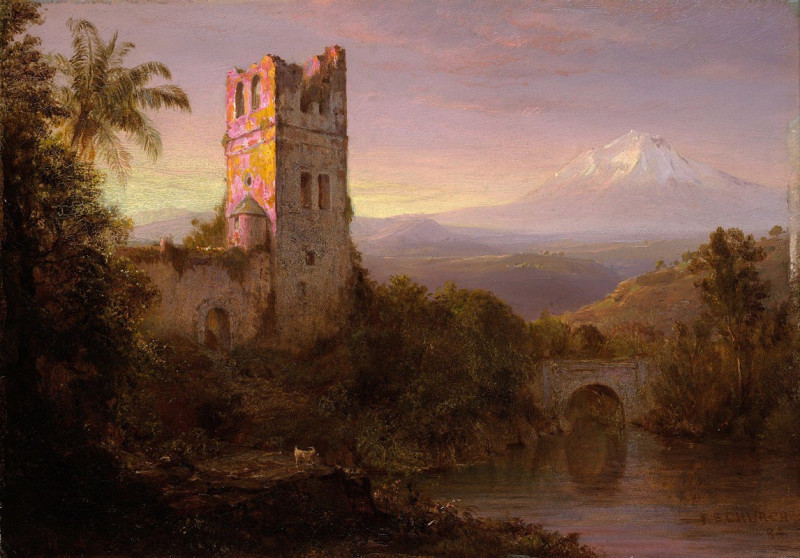
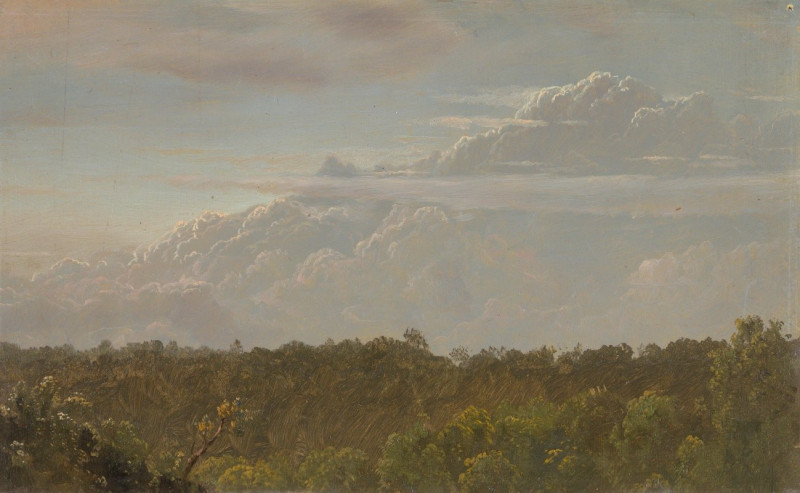
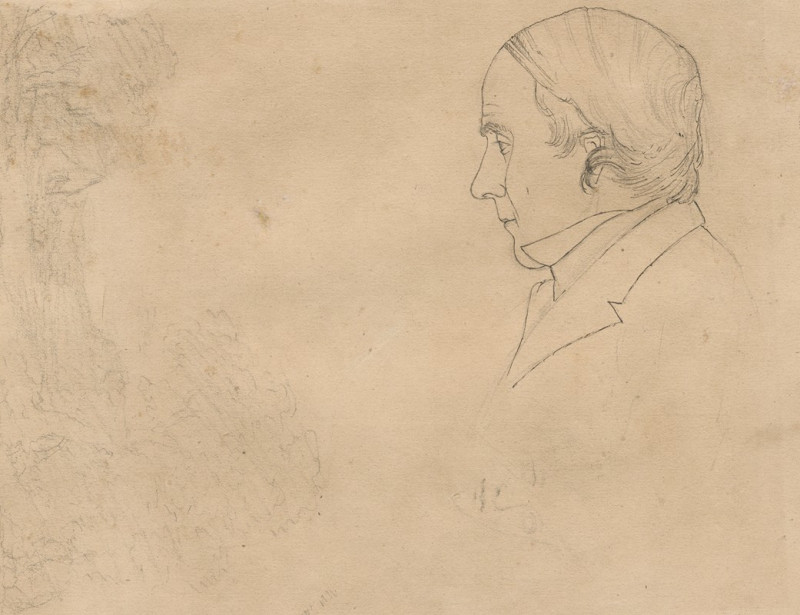
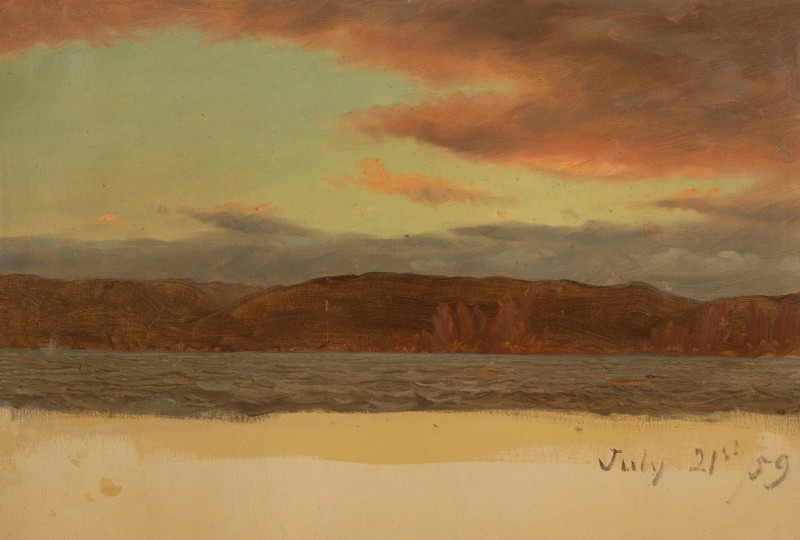
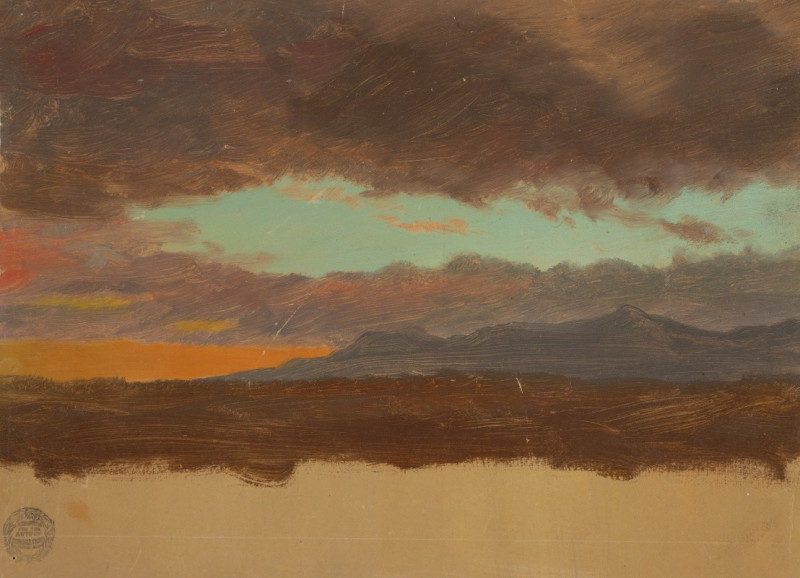
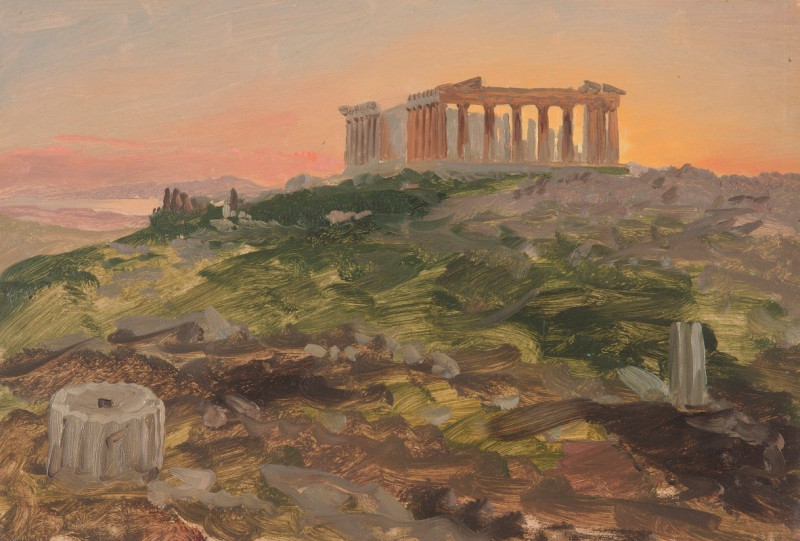
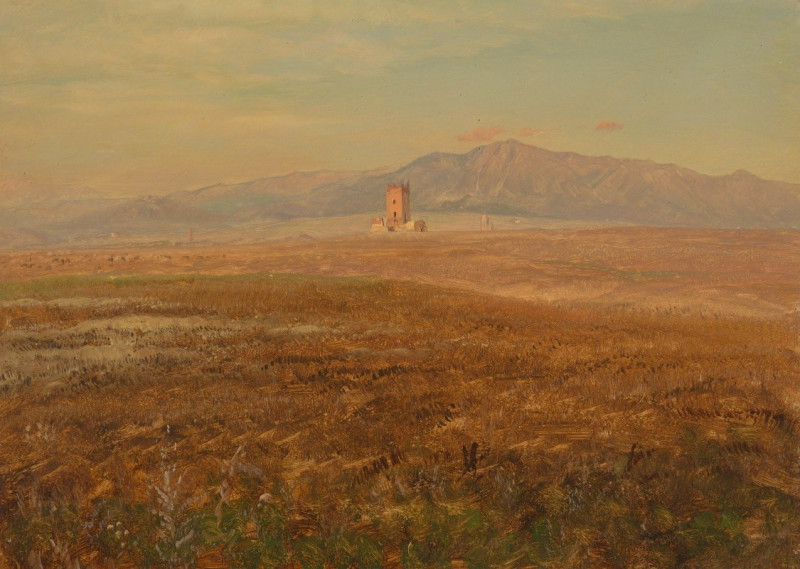
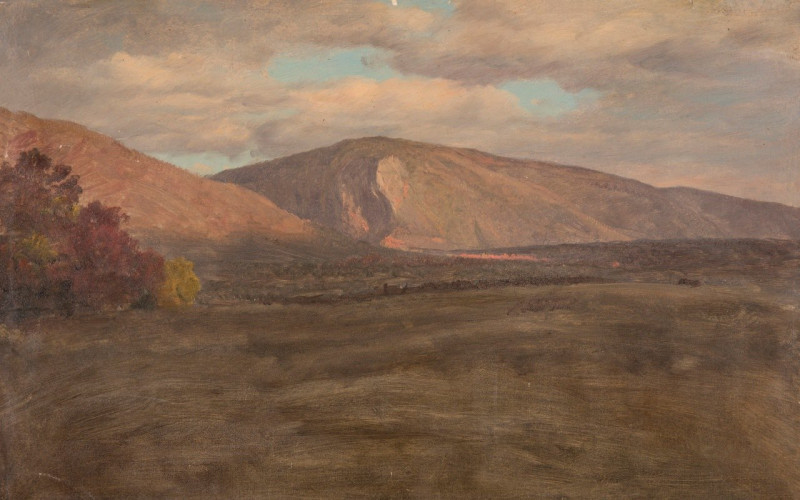
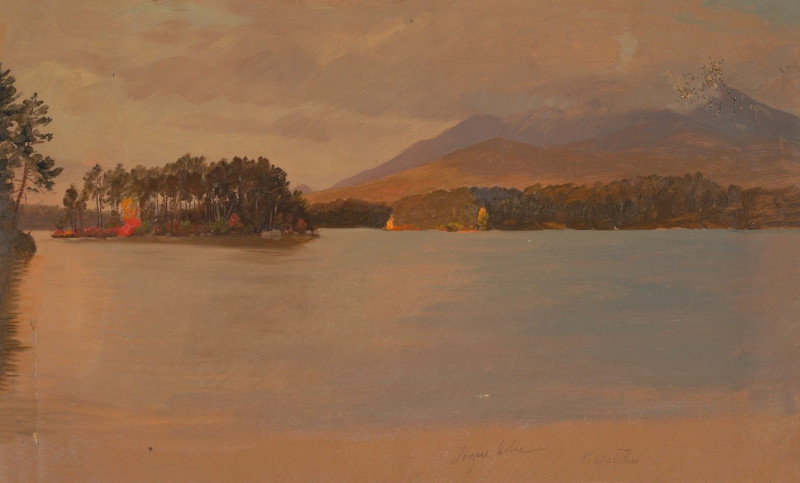
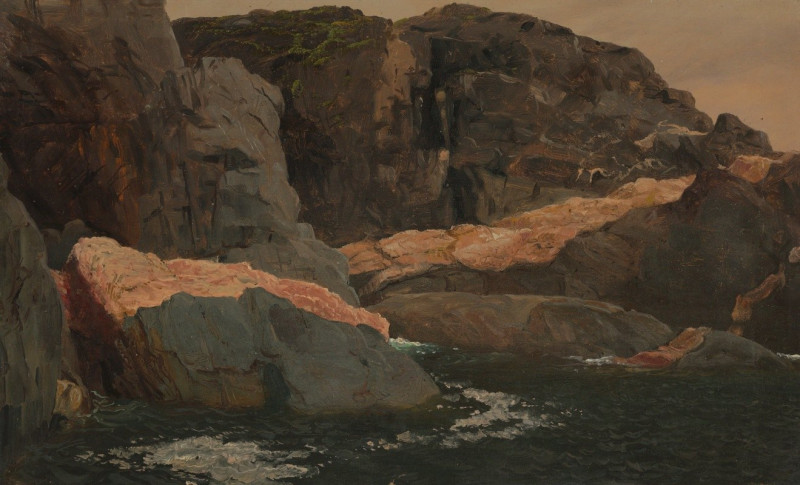

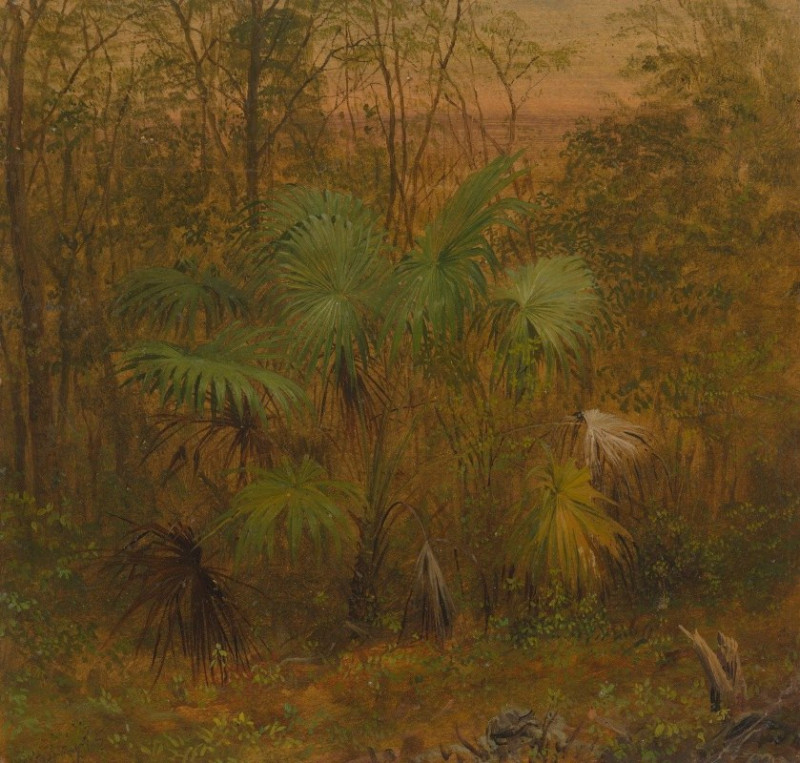
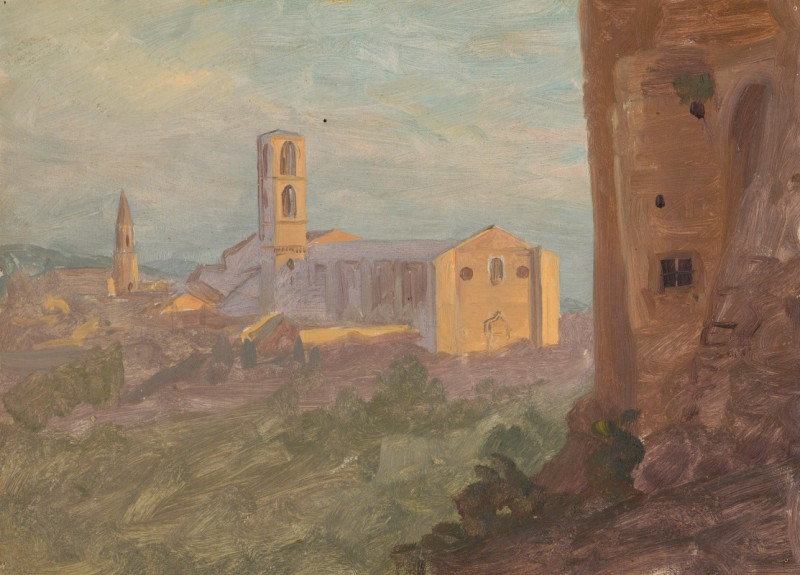
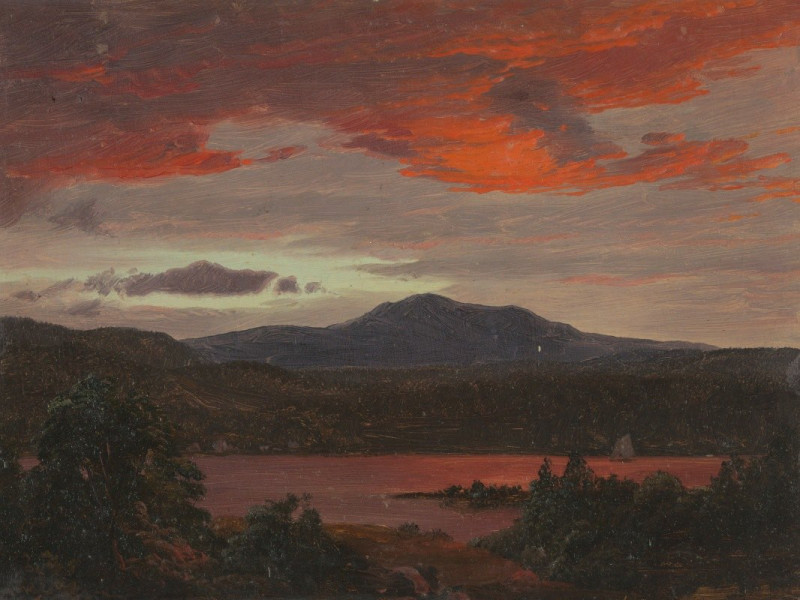
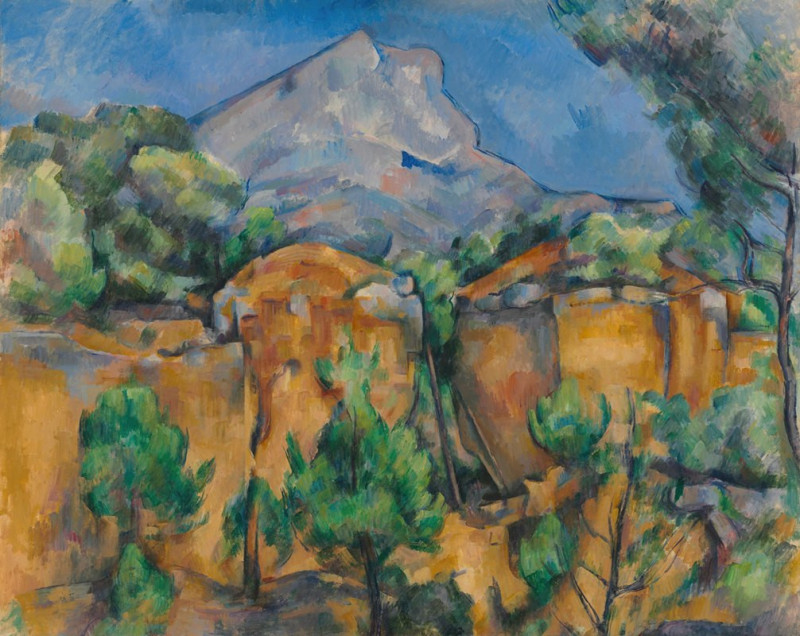
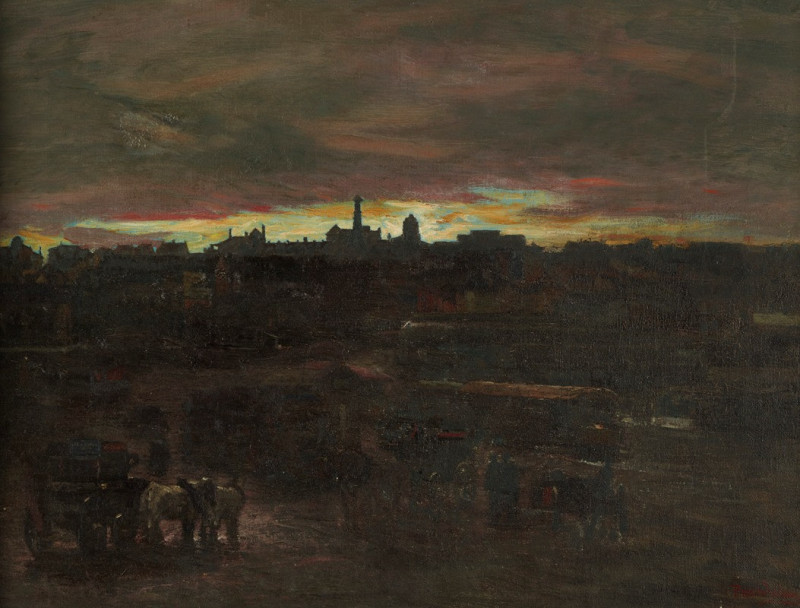
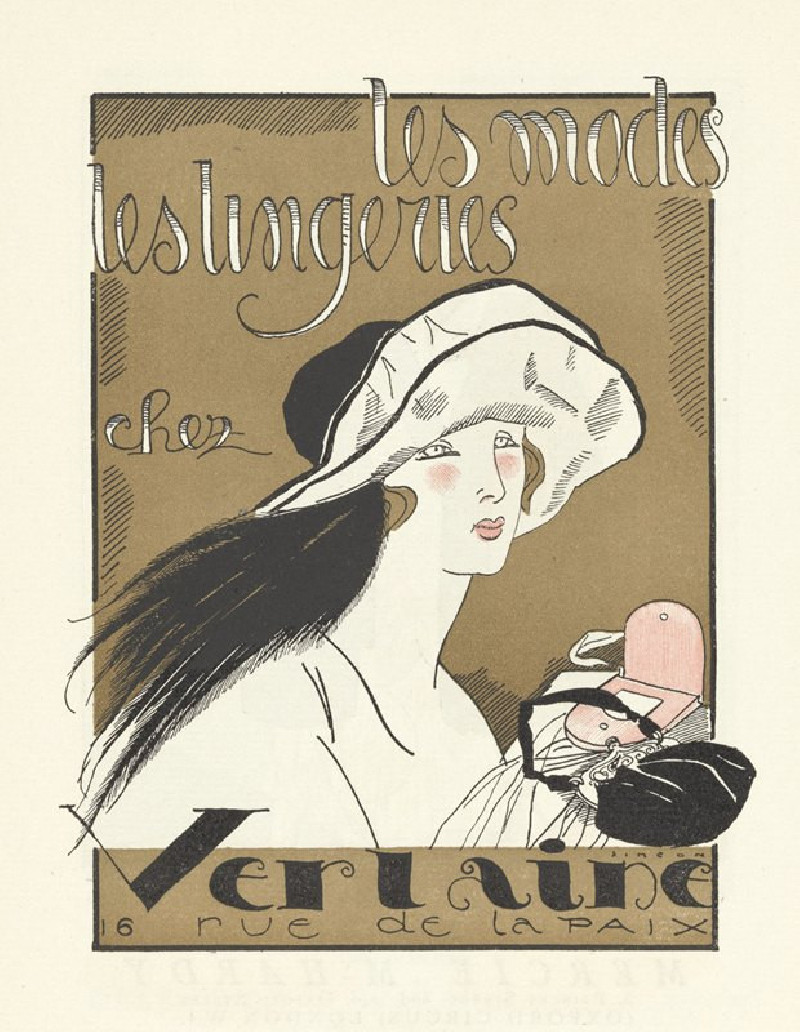
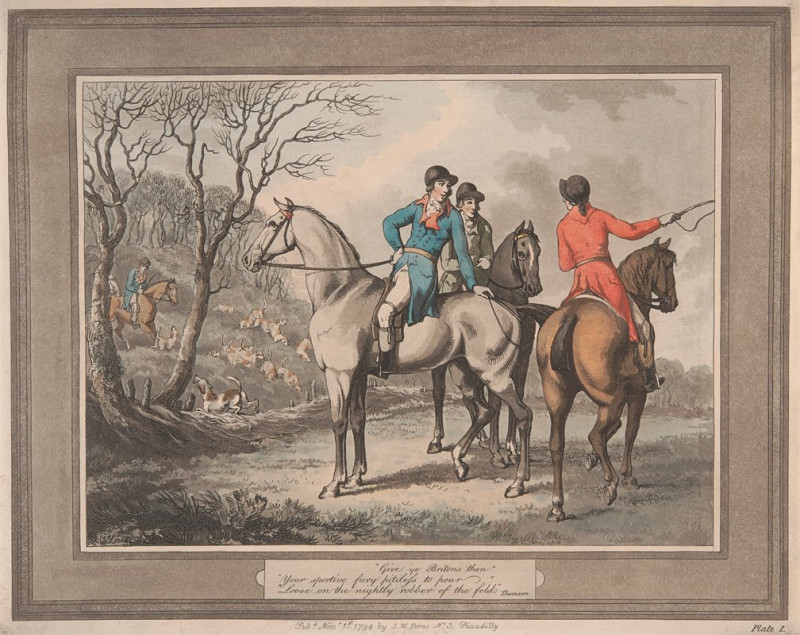

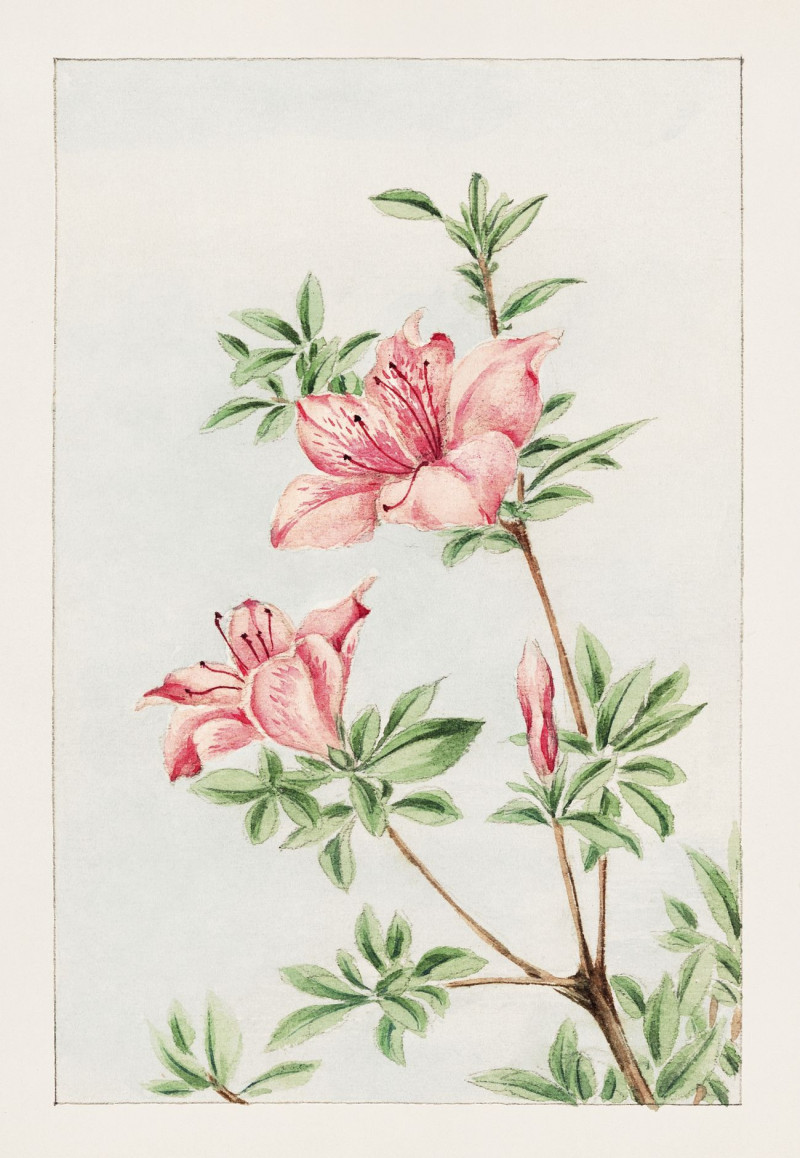
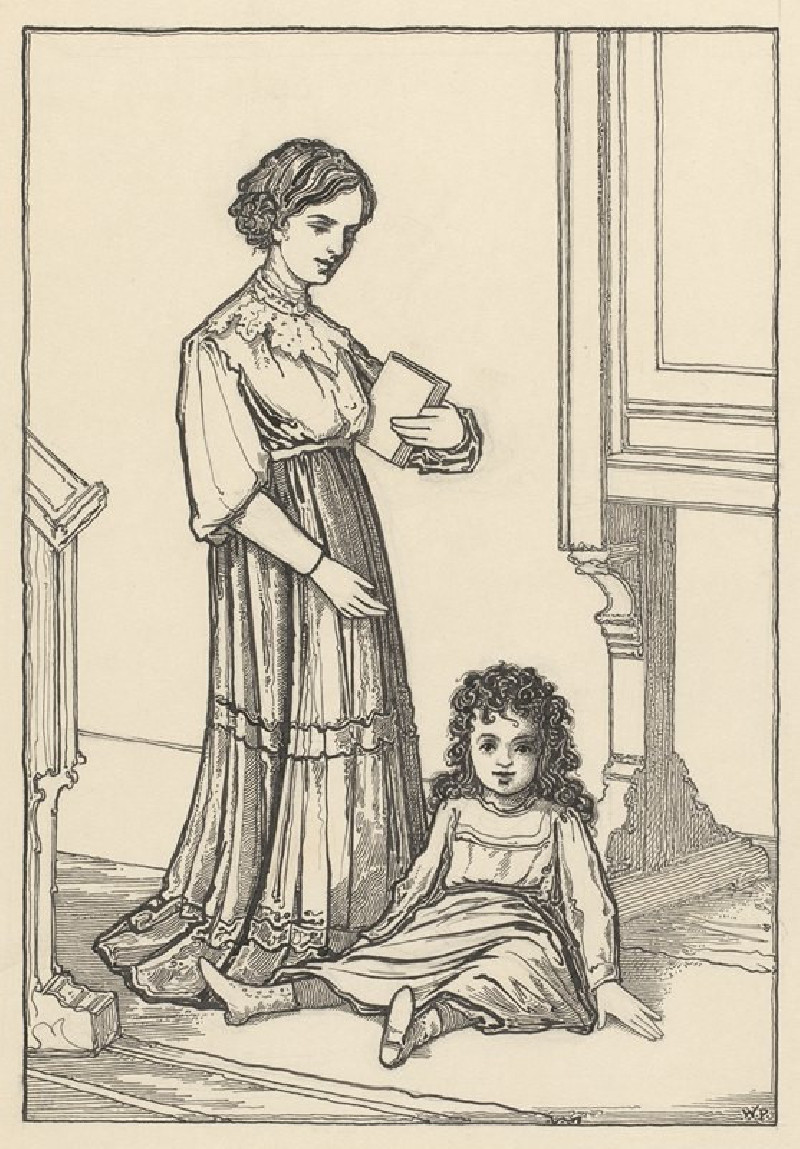
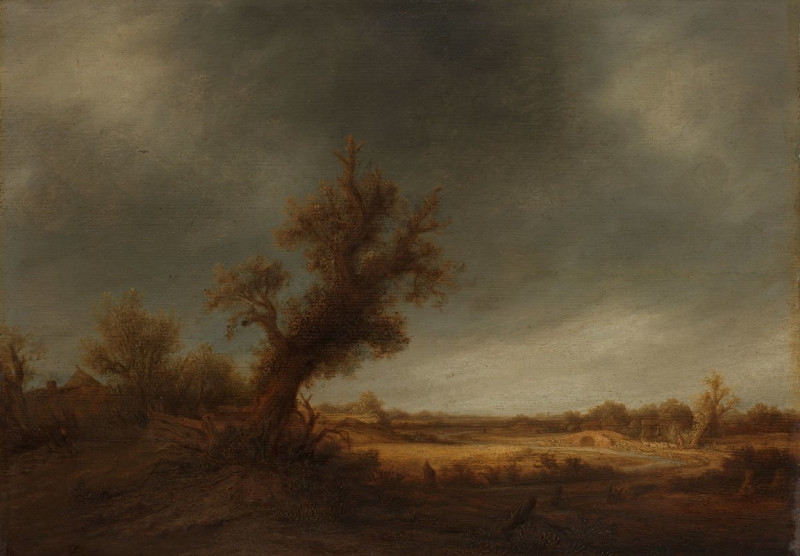
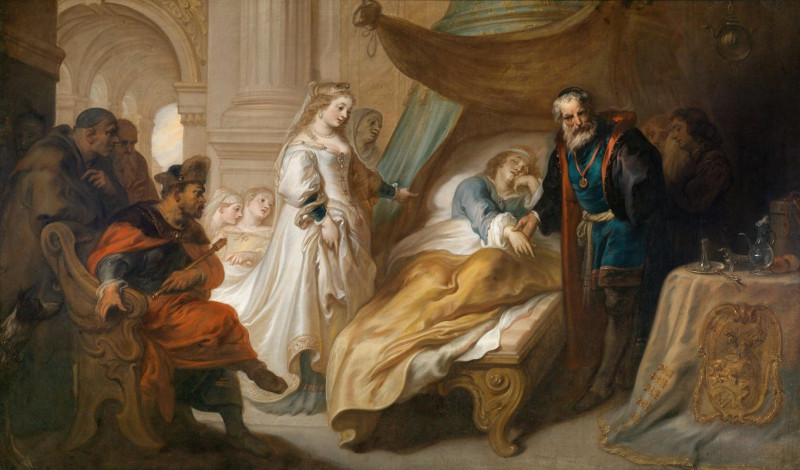

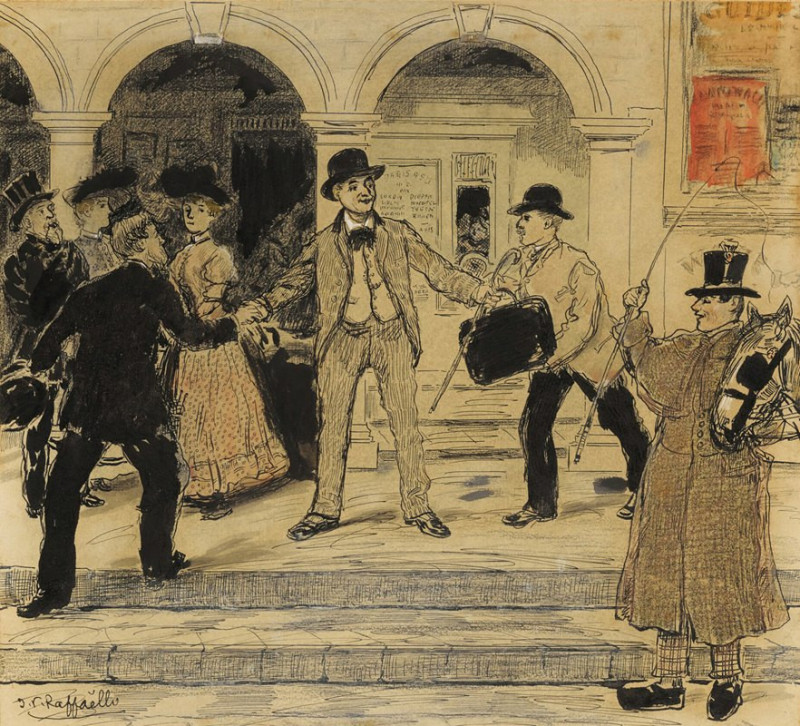
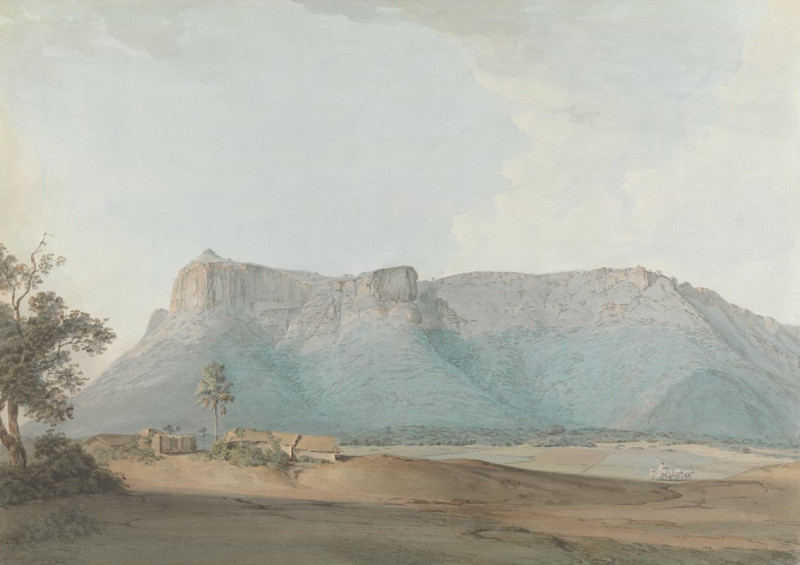
![Colossus in front of Temple of Wady Saboua [Wadi al-Sabua], Nubia. (1846-1849) reproduction of painting by David Roberts. ALL...](https://reprodukcijos.lt/39135-large_default/reproduction-of-colossus-in-front-of-temple-of-wady-saboua-wadi-al-sabua-nubia-1846-1849.jpg)

